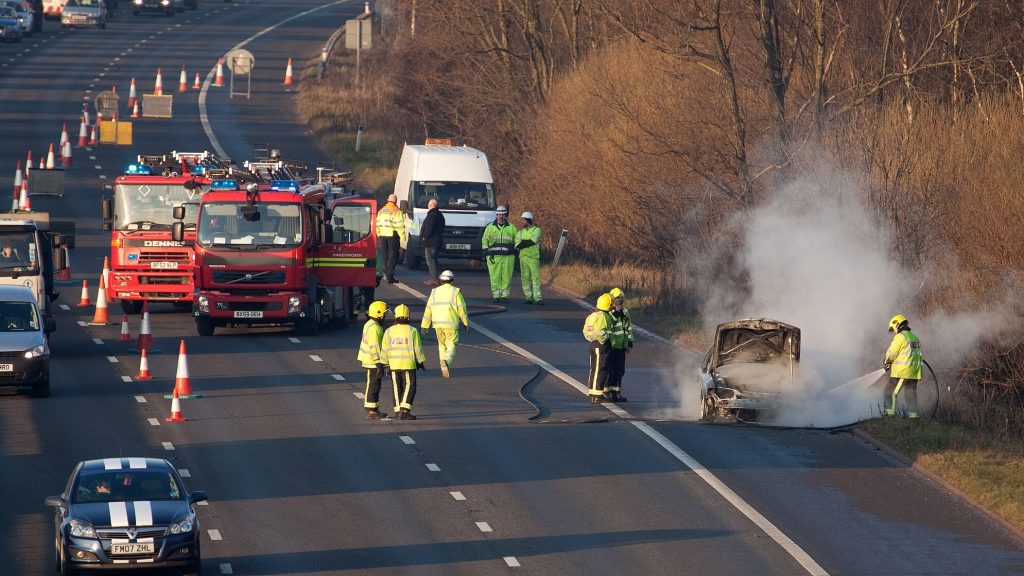Families blame Tesla.
Others are reading now
A California college student was killed after being trapped inside a burning Tesla Cybertruck that locked its doors following a crash.
Thanksgiving weekend turns tragic
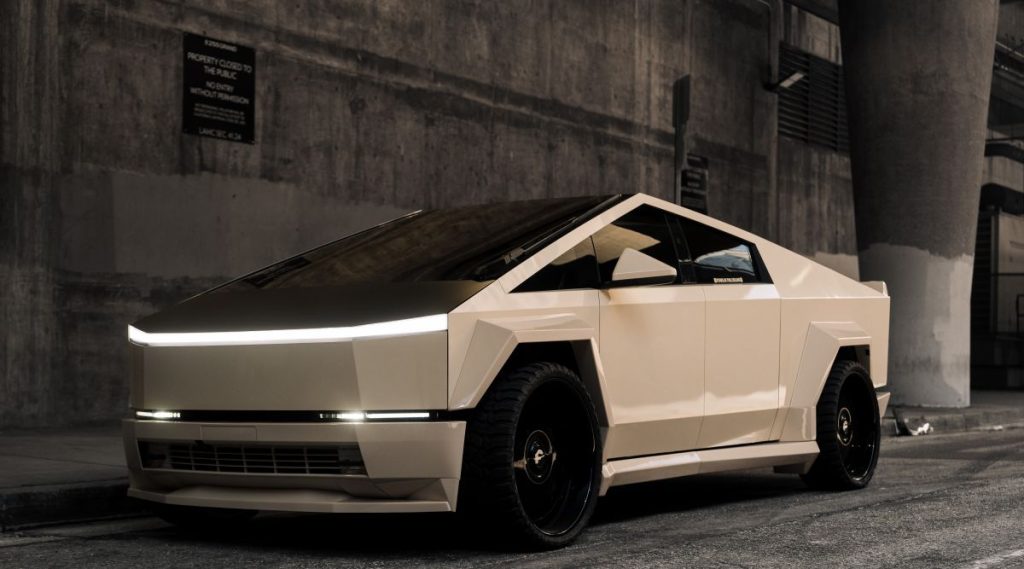
On November 27, 2024, 19-year-old Krysta Tsukahara was riding in a Tesla Cybertruck with three friends when the vehicle slammed into a retaining wall in Piedmont, California, and burst into flames.
According to police, the truck was “fully engulfed” when officers arrived.
The three victims
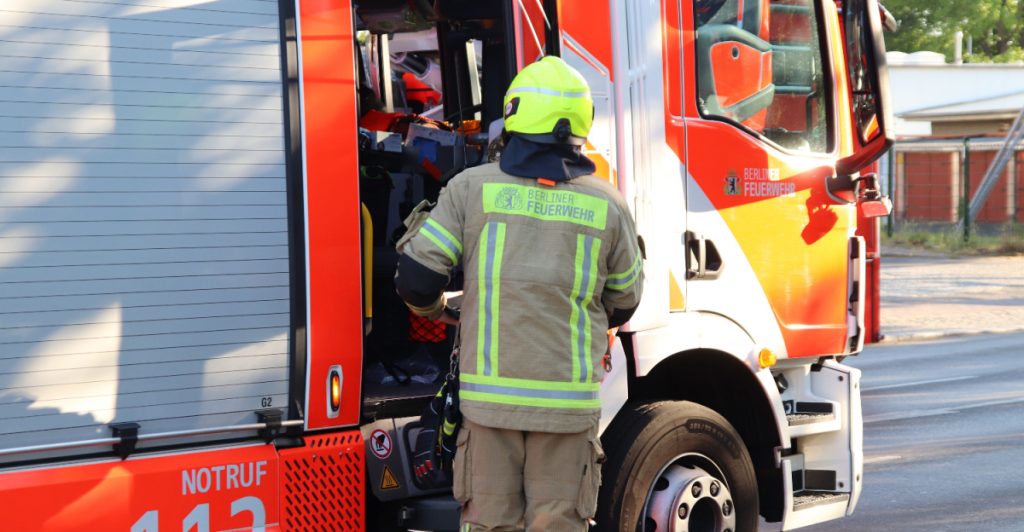
Krysta and two others — driver Soren Dixon, 19, and passenger Jack Nelson, 20 — were killed.
All three were recent graduates of Piedmont High School home for Thanksgiving break.
Also read
Only one survivor escaped

Jordan Miller, the sole survivor, was pulled from the wreck by a friend driving behind them.
The rescuer used a tree branch to smash the window “10 to 15 times” before managing to drag a barely conscious Miller out, just seconds before the vehicle was consumed by fire.
Toxicology report
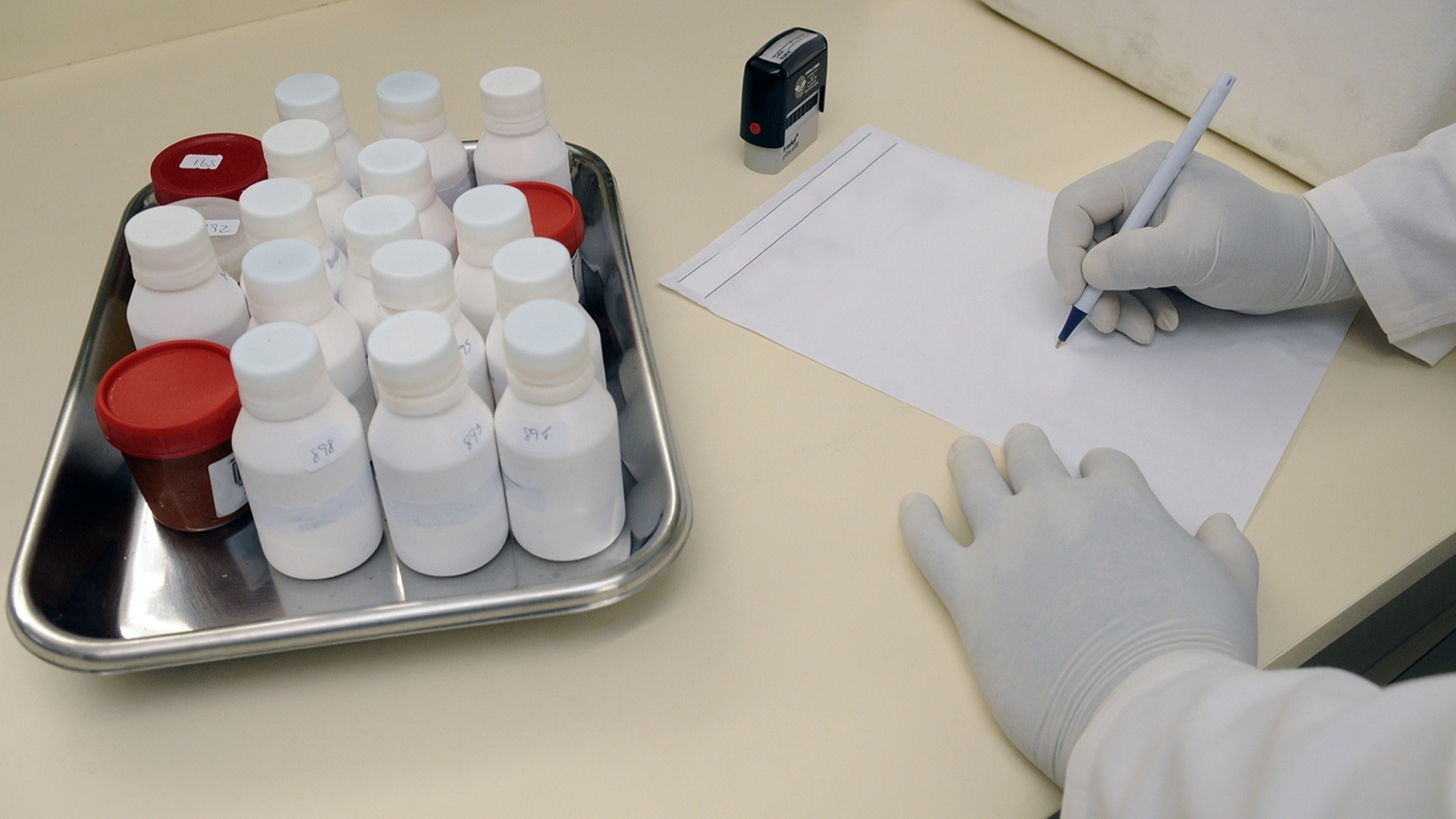
Toxicology results showed that Dixon had methamphetamine, cocaine, and alcohol in his system, with a blood alcohol content of 0.195.
This is more than twice the legal limit.
Both Tsukahara and Nelson also tested positive for alcohol and cocaine, according to KTVU.
Also read
Trapped by Tesla’s doors
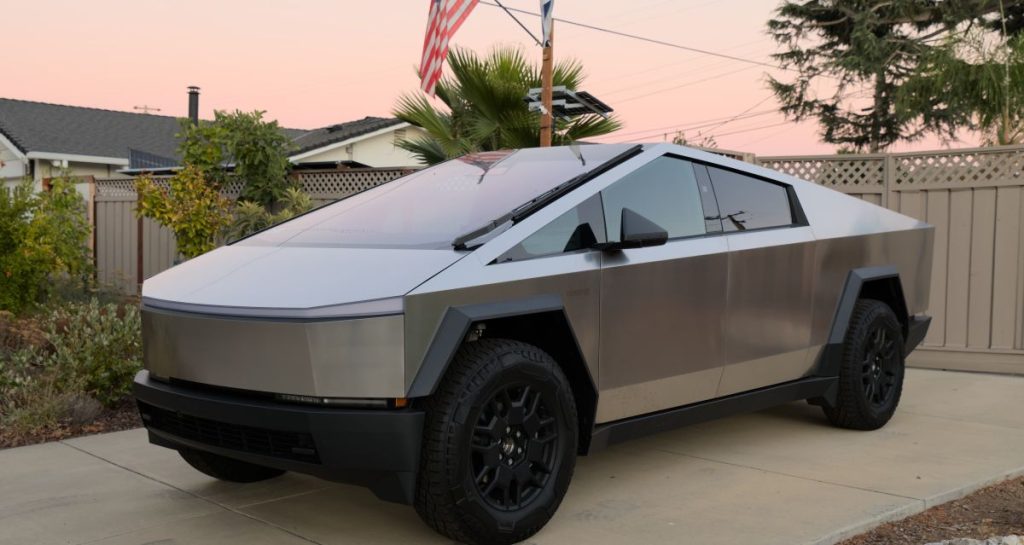
Though Tsukahara initially survived the crash with minor injuries, she was unable to escape the locked vehicle as it filled with smoke and fire.
According to a wrongful death lawsuit filed by her parents, Tesla’s electronic door system failed after the crash, leaving her trapped inside.
“She was unable to open her door due to this electrical failure,” the lawsuit claims.
A Good Samaritan attempting to rescue her was also unable to open the door before being forced back by flames.
“Conscious disregard” for safety alleged
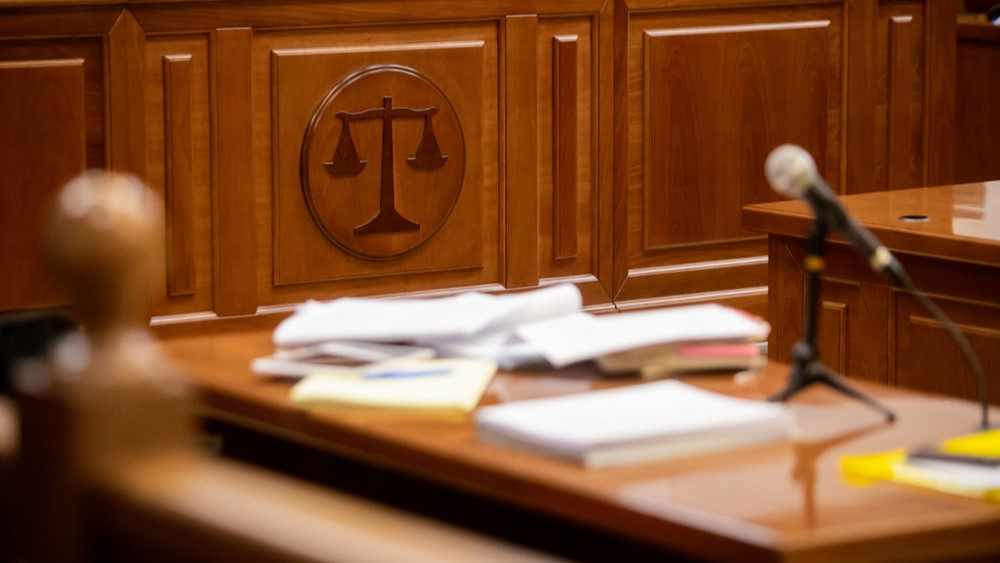
The lawsuits, filed by the Tsukahara and Nelson families, accuse Tesla of showing a “conscious disregard” for safety by continuing to sell vehicles with known flaws in their electronic door systems.
Also read
According to court filings, the Cybertruck’s 12-volt battery failure rendered the doors inoperable, trapping passengers.
While Tesla includes a manual door release, the families argue it is “poorly designed and nearly impossible to locate” in an emergency.
Family calls death “preventable”
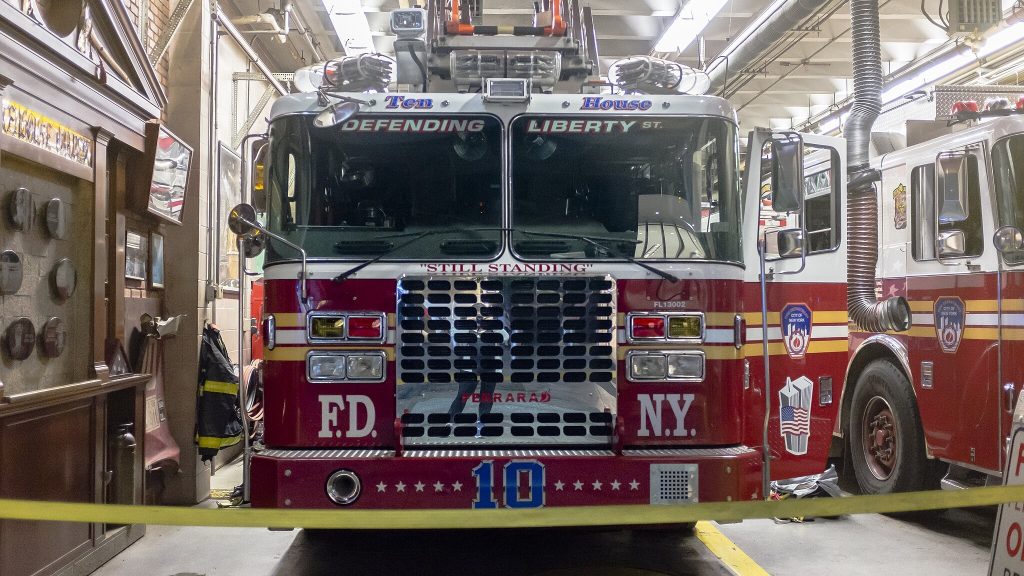
“The design of this vehicle failed Krysta,” said family attorney Roger Dreyer, according to the San Francisco Chronicle.
“There was no functioning, accessible manual override or emergency release for her to escape. Her death was preventable.”
Krysta’s father, Carl Tsukahara, told Fox Digital:
Also read
“We’ve had to endure not only the loss of our daughter, but the silence surrounding how this happened and why she couldn’t get out. This company is worth a trillion dollars — how can you release a machine that’s not safe in so many ways?”
Tesla faces mounting lawsuits
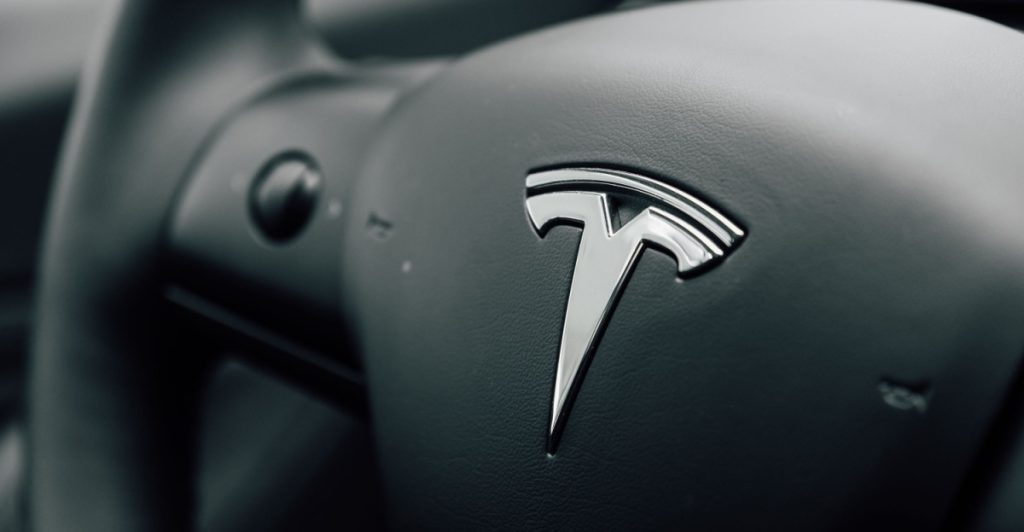
The Nelson family’s lawsuit echoes similar claims, noting that rear passengers were left with “a concealed mechanical release that was obscure and nonintuitive.”
Both families are seeking punitive damages, accusing Tesla of knowingly selling a vehicle that could trap its occupants after a crash.
Impaired driving doesn’t excuse design flaws
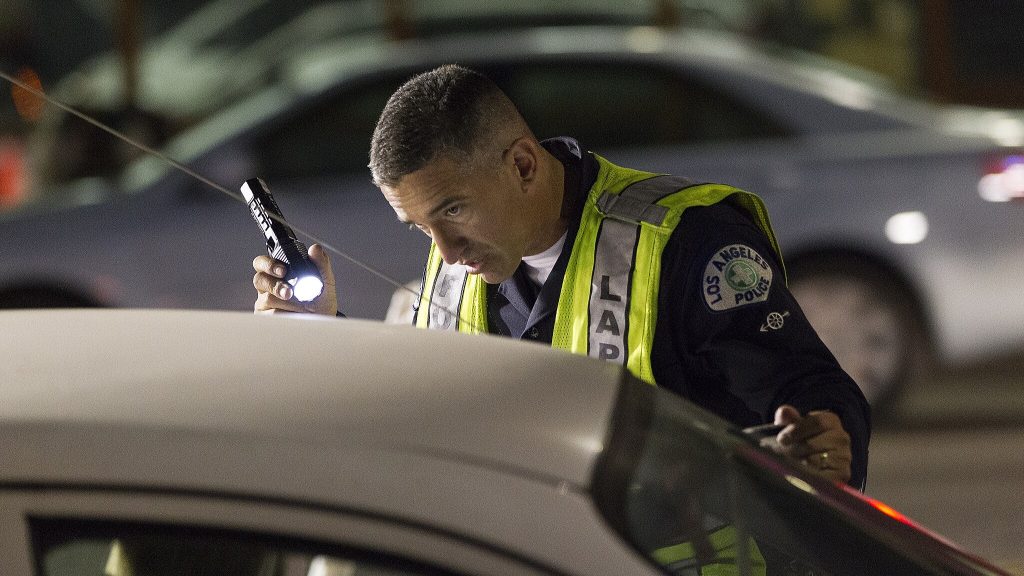
While the California Highway Patrol determined that speeding and impaired driving contributed to the accident, the families say those factors don’t absolve Tesla.
“They [Tesla] will want to blame Mr. Dixon,” Dreyer said. “But this vehicle absolutely should not have entombed these individuals. It’s our way of holding the wrongdoer accountable.”
Also read
Cybertruck under scrutiny
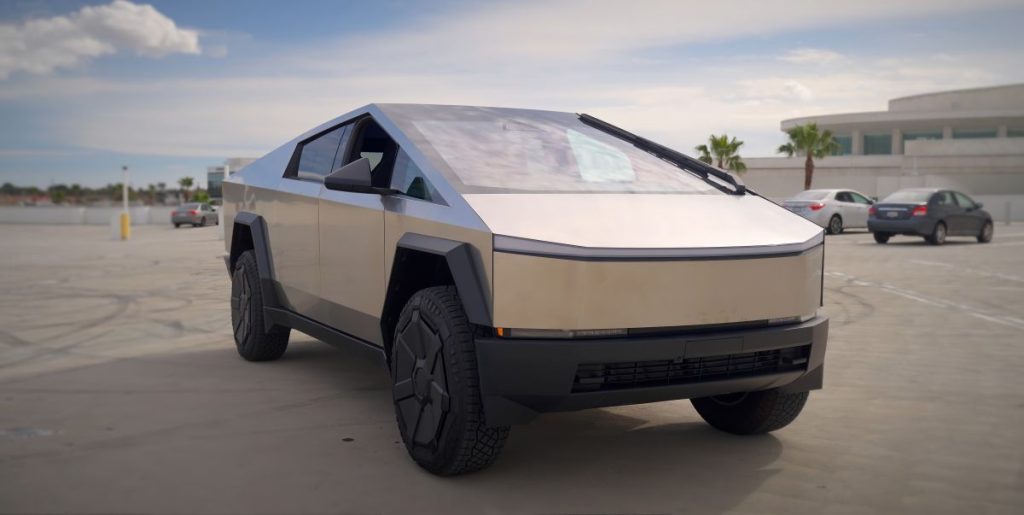
Tesla’s Cybertruck, launched in late 2023, has faced controversy since its debut.
This include multiple recalls, safety complaints, and questions over its build quality.

